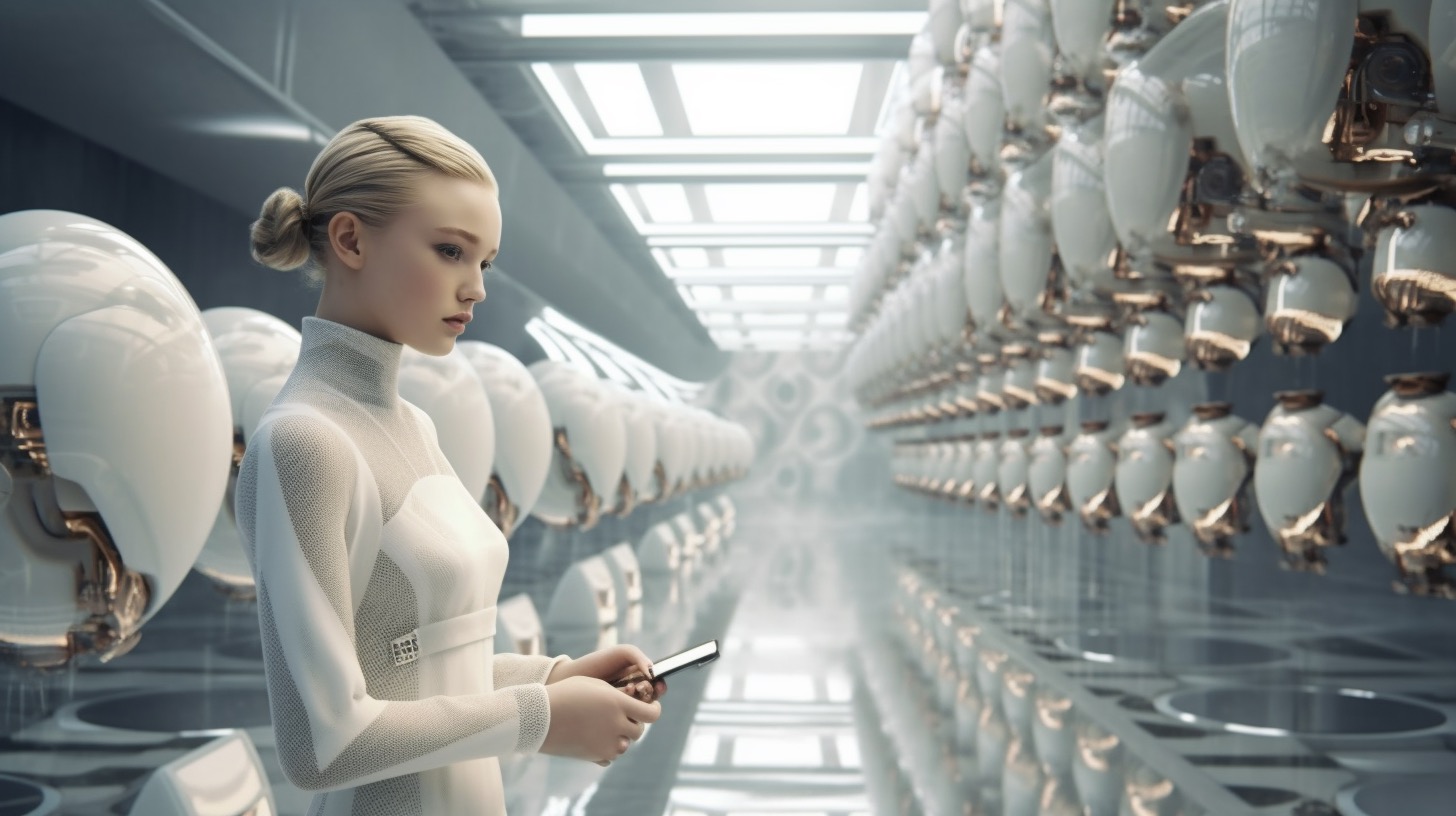Disney’s Rapunzel Steps into the Modern World through AI Technology
Disney’s princess Rapunzel has captured hearts worldwide, becoming an emblem of enchantment with her iconic long, golden hair. Now, the magic of her story is even more alive thanks to artificial intelligence, which has brought realistic and tangible aspects to this beloved character.
Introducing Realistic Images of Rapunzel
The integration of image generation technology, such as DALL-E into Copilot, has culminated in the creation of lifelike images of the fairy tale figure. These artworks highlight Rapunzel’s signature golden locks, ensuring they take center stage in both grandeur and beauty.
Capturing the Essence of Medieval Fashion
Attention to detail extends to Rapunzel’s attire, with designs mirroring the simplicity and elegance of medieval fairy tale gowns. While a true golden hue of hair remains a fantasy, AI sought to replicate an attractive blonde that celebrates Rapunzel’s visual appeal.
Rapunzel’s Persona Goes Beyond the Visible
More than just an image, these creations aim to encompass Rapunzel’s curiosity, courage, and zest for life. These traits animate her spirit and ensure that her character remains relatable and admired. The familiar narrative backdrop, including the secluded tower and the presence of antagonists, also play a part in these artistic interpretations, adding layers and making the imagery more profound.
Flynn Rider’s Image Emerges from AI
While the counterpart, Flynn Rider, might lack a direct visual representation in AI’s current scope, his character’s essence is captured through descriptions of his average height, muscular build, and his distinctive goatee, alongside a wardrobe that fits the medieval setting. Using comprehensive prompts, Microsoft’s AI generated an image of what could be the real-life Flynn, embracing his trademark dark, short hair and well-known facial hair style.
Behind the Scenes with AI’s Image Generation
The creation of these images is a remarkable blend of advanced programming and machine learning. Techniques like deep learning and convolutional neural networks train AI to recognize complex visual patterns, enabling the generation of new images from simple or intricate text descriptions. The final product is a unique visual representation, crafted by the AI without direct human intervention in the image’s final composition.
Important Questions and Answers:
Q: How does AI recreate Rapunzel’s tale with realistic imagery?
A: AI uses image generation technology, like DALL-E integrated into Copilot, to create lifelike images from text descriptions, capturing Rapunzel’s essence, attire, and familiar narrative elements.
Q: What challenges are associated with AI-generated art?
A: Challenges include ensuring cultural and historical accuracy, avoiding the perpetuation of stereotypes, and managing the original creators’ intellectual property rights.
Q: Are there controversies related to AI in art?
A: Yes, debates arise regarding the originality and artistic merit of AI-generated art, artist displacement, and ethical use of data in training AI models.
Q: What are the advantages of using AI to reimagine fairy tales?
A: AI can offer fresh perspectives, create diverse interpretations, and make classic tales more accessible and engaging to modern audiences.
Q: What are the disadvantages?
A: Disadvantages include potential loss of the human touch in art, oversimplification of complex narratives, and the homogenization of creative expression.
Key Challenges and Controversies:
One of the key challenges in turning traditional tales into realistic AI artwork is quality assurance, ensuring the algorithm comprehensively understands and appropriately interprets the story’s elements. Balancing artistic freedom with cultural and historical integrity is critical. Additionally, there’s a controversy over the potential for AI to displace human artists and concerns about whether AI creations can indeed be considered art, given that the conception originates from algorithms rather than human emotions and experiences.
Another sensitive issue revolves around intellectual property rights. As AI uses existing artworks and literature to learn and create new content, it raises questions about copyright violations and the necessity for algorithms to align with legal frameworks.
Advantages and Disadvantages:
Advantages of using AI to recreate fairy tales include enhancing storytelling with new visuals, potentially reaching a broader audience, and offering educational opportunities by bringing historical settings and costumes to life. It’s also an excellent avenue for experimentation in identifying how AI can enrich the cultural sector.
However, the disadvantages lie in the potential homogenization of creative outputs and the risk of diminishing the value of human creativity. Furthermore, reliance on AI might lead to underappreciation of traditional art forms and the skills required to create them.
To explore the main domains associated with this topic, you could visit the following links:
– Disney: For information on Disney’s approach to storytelling and technology.
– OpenAI: Makers of DALL-E, for insights into AI-driven image creation.
By utilizing links to these main domain sites, one can delve further into the rich intersection of technology, storytelling, and the arts, exploring how AI continues to expand the horizons of creativity.
The source of the article is from the blog myshopsguide.com

